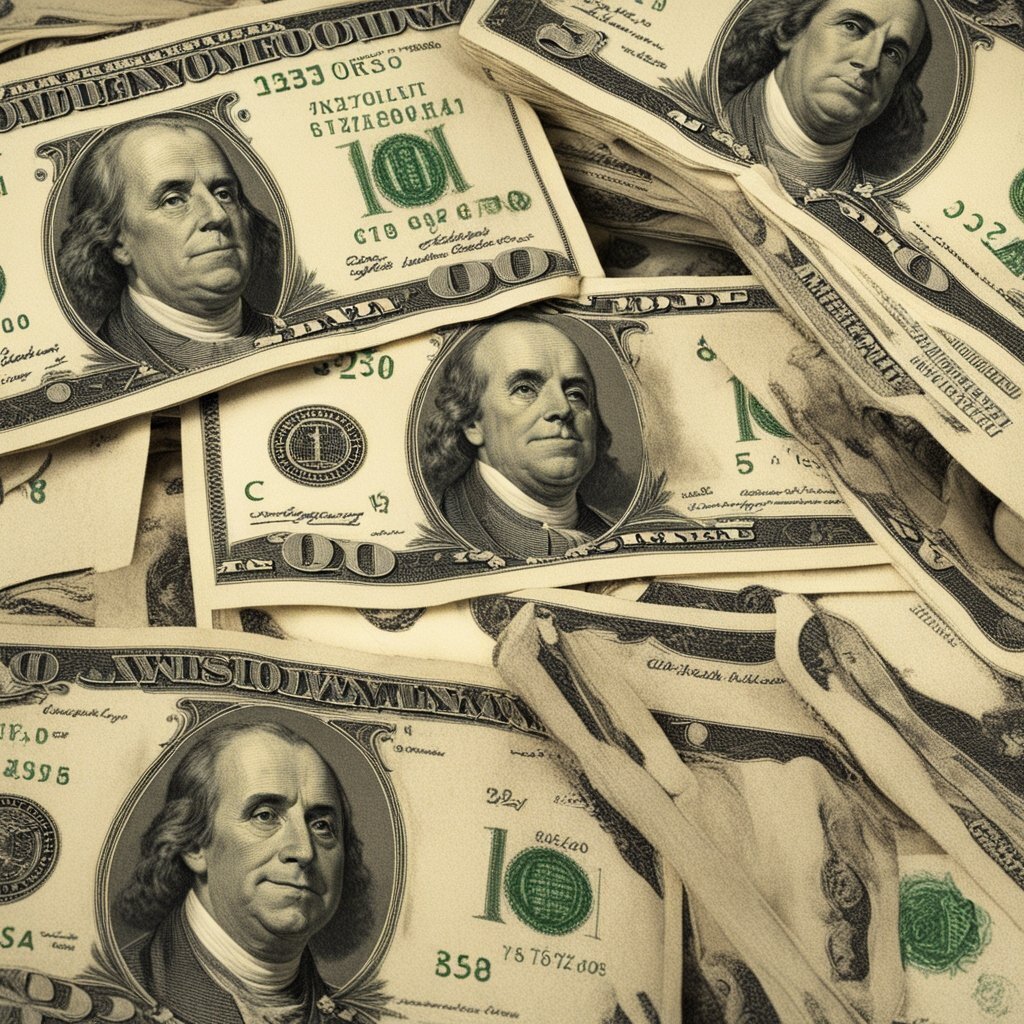U.S. National Debt Surpasses $35 Trillion: An Unprecedented Milestone
The public debt of the United States has officially crossed the staggering threshold of $35 trillion for the first time in history. Since 2020, this debt has escalated by approximately $12 trillion.
Yes, the debt in the U.S. has risen once again—this time at an alarming rate.
The current total of public debt now stands at $35 trillion, with the nation increasing this figure by an average of $280 billion each month since January 2020.
To put this into perspective, this means that each U.S. citizen now bears a share of roughly $105,000 in federal debt.
However, public debt is often seen as a politically sensitive issue and is frequently overlooked during election campaigns. Prominent presidential candidates, including Kamala Harris and Donald Trump, have remained silent on the matter. Particularly surprising is the Republican Party's lack of commentary, given its historical stance advocating for debt reduction—despite the fact that federal debt has continued to rise under Republican administrations.
According to data from usdebtclock.org, the federal debt is projected to soar to an astonishing $46 trillion by 2028. The Congressional Budget Office estimates that the national debt could surpass $56 trillion by 2034, primarily fueled by spending on Social Security and Medicare.
What Does This Mean for Cryptocurrencies?
Recently, there has been increasing chatter about the possibility of incorporating Bitcoin into the Federal Reserve's reserves. This notion is championed by presidential candidate Robert F. Kennedy Jr. and Senator Cynthia Lummis. On July 30, Senator Lummis from Wyoming stated:
“A strategic Bitcoin reserve could halt this runaway train and assist in paying down the national debt for future generations.”
Conversely, the escalating national debt will likely exert downward pressure on the value of the U.S. dollar. The first step in this process is expected to be a reduction in interest rates by the Federal Reserve, which many believe will commence as soon as September. Some analysts suggest that a potential interest rate cut in September could initiate a broader trend, bringing interest rates back in line with inflation rates or even returning to zero.
But why are lower interest rates necessary? Reduced rates will lead to a depreciation of the dollar’s value. This, in effect, lessens the real burden of the debt—as the total amount owed remains the same, but it is paid back with dollars that have diminished purchasing power.
For cryptocurrencies, this scenario presents a positive outlook. Lower interest rates and a weakened dollar typically correlate with rising prices for various market assets, including stocks, Bitcoin, altcoins, and precious metals.
In summary, the implications of the rising U.S. debt and the subsequent economic strategies could pave the way for a bullish environment for cryptocurrencies, making it an exciting time to monitor developments in this ever-evolving sector.




